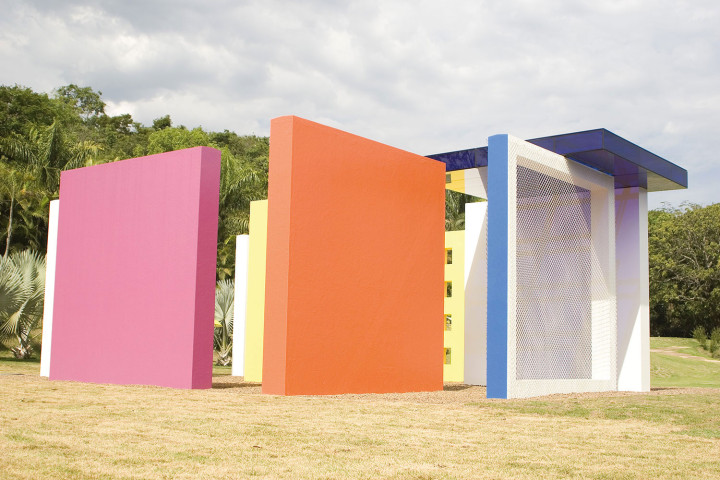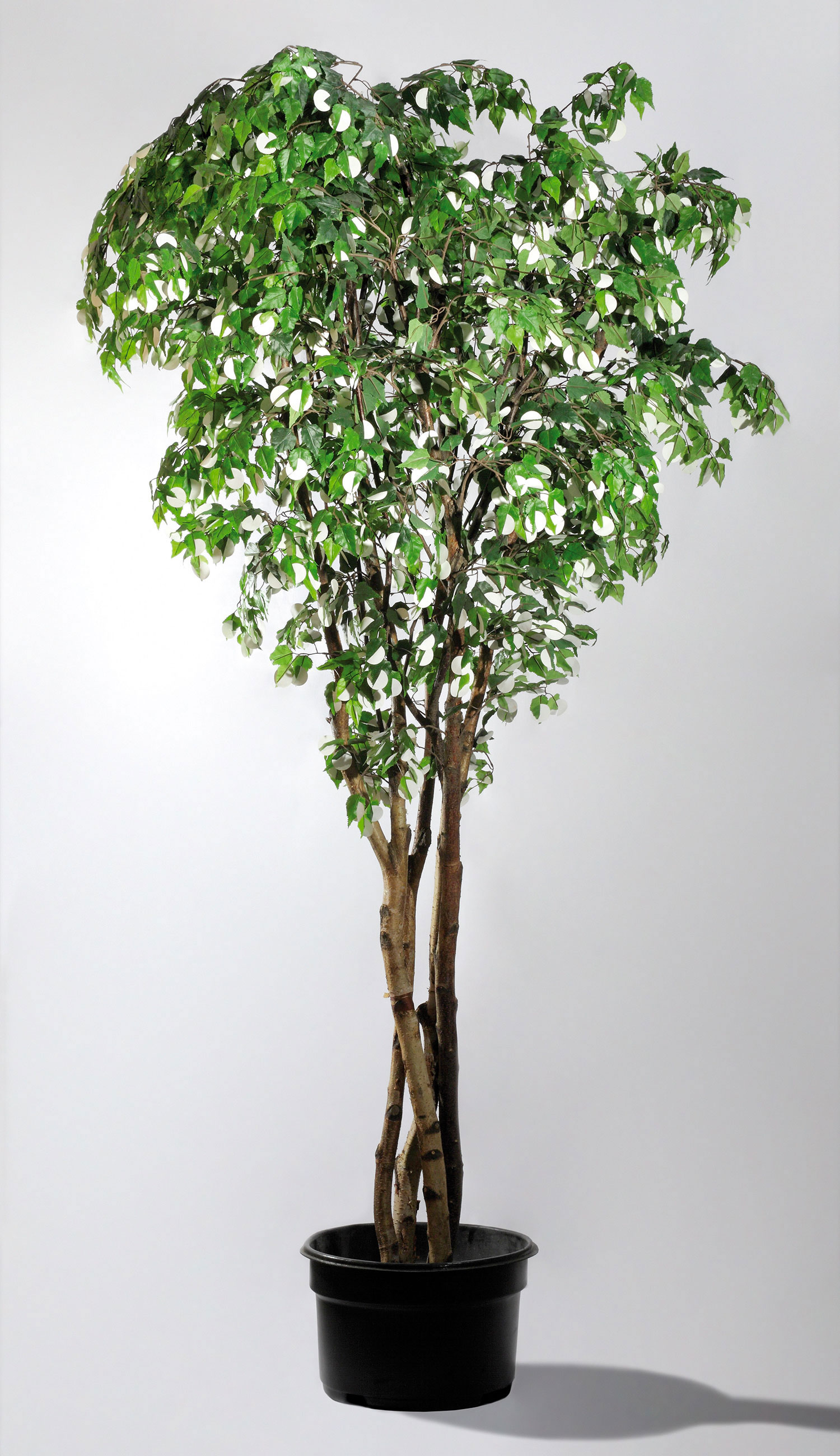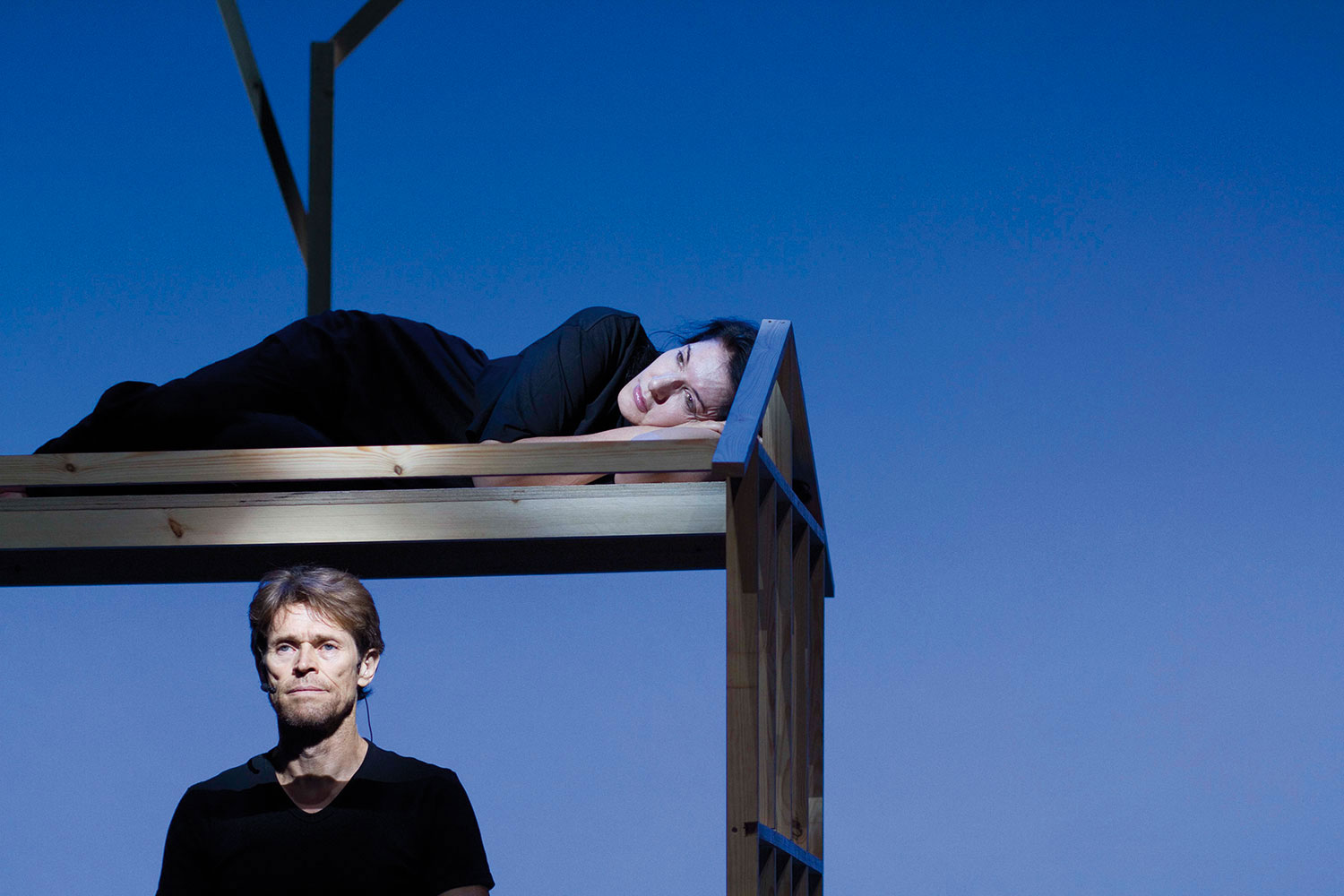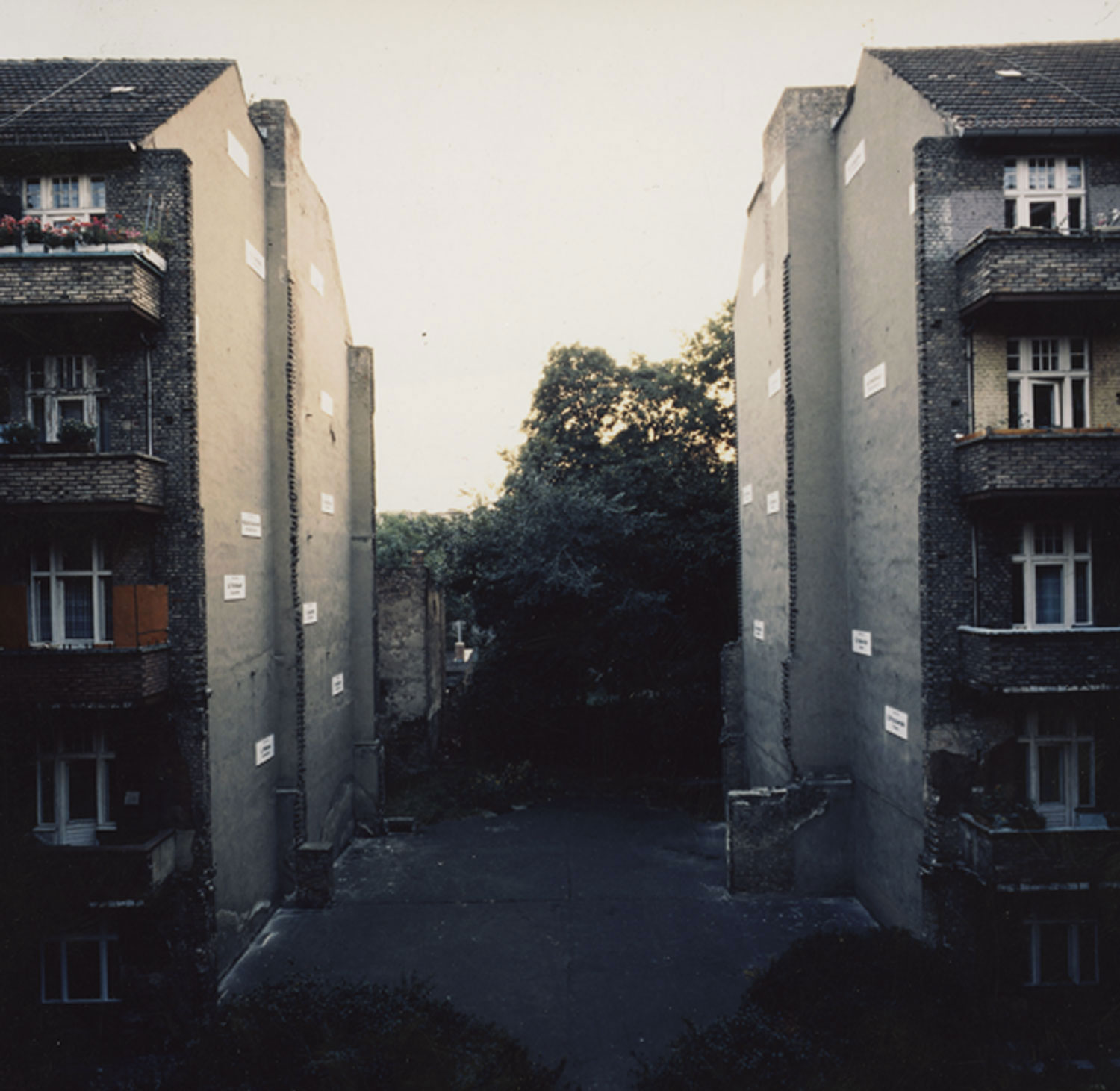
Luisa Duarte: In present-day Brazil, Inhotim is the place to see contemporary art: with works by artists like Hélio Oiticica, Cildo Meireles, Tunga, Adriana Varejão and Rivane Neuenschwander, all from Brazil, but also international artists like Doris Salcedo, Chris Burden, Olafur Eliasson and Dominique Gonzalez-Foerster. How did it all start?
Bernardo Paz: Everything started with my appreciation for modern art and botany, and because of my connections with several Brazilian artists and with the landscape architect Roberto Burle Marx. At a certain point after the ’60s I became friend with Brazilian artists like Tunga and I discovered the avant-garde. Through these connections I established a dialogue with contemporary artists. This was a way for me to get rid of my collection of Brazilian Modernism (which was excellent by the way) in order to start buying works by contemporary artists. I started visiting collections and galleries. So I continued to enrich this collection, and at the same time I was working on the garden of my house. Time passed and I realized all this had transcended one person’s private property and now had global value as a botanical and artistic archive within the public domain. I opened the collection as a private park, first by appointment only and later to a broader audience.
LD: Since its founding until now, Inhotim has increased its public outreach to the extent that it is now considered part of the national cultural heritage. Nonetheless, this is still the private space of a collector who owns everything exhibited. How do you foresee Inhotim’s future regarding this ambiguity between public and private? Can it be sustained in the long term?
BP: Inhotim started as my private initiative but it became public in 2006 when I created Istituto Inhotim, a not-for-profit OSCIP [Organização da Sociedade Civil de Interesse Público]. I created Inhotim thanks to my stubbornness and my resources. But the maintenance and the conservation of Inhotim require the involvement of several layers of society, including the state, the private sector and the civil sphere. Some of the social programs here are thanks to the participation of the federal government. Inhotim is entitled to receive support through a law called Lei Rouanet. What happens is that private companies ask us to create projects in order to invest in Inhotim, because those same companies understand that what we’ve developed here shows a side of Brazil that is different from its perception abroad.

LD: You participated in a roundtable at this year’s World Economic Forum in Davos, Switzerland. Do you think collecting can contribute to creating a better world after the crisis of 2008? Can art function as a commodity and at the same time as a form of spiritual expression able to make people understand the world in a different way?
BP: I think contemporary art is the most powerful non-governmental organization in the world. Through art people feel curious, and curiosity evokes research, and research involves study and education. The first step toward education is dignity. When people are put in touch with art and culture they feel stimulated and proud. Waking up someone’s curiosity is a way to generate the desire to go beyond — to do better and to be better.
Contemporary art is not an organized system, and this allows artists to intersect and exchange ideas. Some of them analyze environmental issues, others study human and social issues, even religious issues. In any work of art you can ignite a synthesis. And this capacity to wake people up goes beyond that of any non-governmental organization.
LD: What do you think about the precarious situation that Brazilian art institutions are in? Do you consider it necessary to create important public collections that will demonstrate the quality of national artistic production of the last 60 years? Brazil is somewhat schizophrenic: it produces high-quality art, but it is not capable of keeping those works in the country. To collect, preserve and show art to the public demonstrates that this cultural heritage is a common good. The fact that an institution like Inhotim is the most important place to see contemporary art — the place that shows seminal pieces, never before seen in this country — reveals a typical Brazilian contradiction. As the initiator of Inhotim, what do you think about this difficult context in which it exists?
BP: Inhotim is not a collection, it’s a venue: a venue that puts together the best of contemporary art and botany; it cares about the environment and social inclusion. Inhotim is a site in continuous transformation, created not for the current moment but rather to last. It’s a unique place in the world, able to break paradigms in order to realize innovative projects of great scale and proportions. We seek excellence in whatever we do. Our exhibitions are always innovative; we open new galleries every year and present permanent works and temporary exhibitions; we offer a cultural program of theater, dance and music in addition to the wonderful botanical garden. Unlike a regular museum, after two hours at Inhotim people don’t want to leave. And this space needs to be experienced. Inhotim is a place of transformation.

LD: Inhotim is inserted into a big garden designed by Burle Marx in the territory of Brumadinho — a depressed area in Minas Gerais. How does this context influence the experience of art and the management of Inhotim in a broad political sense?
BP: I made Inhotim what it is because I saw the light in the eyes of the people who came to visit. I added the social context only for the benefit of the Brazilians. You cannot imagine the poor kids that come every week to Inhotim, how joyful they are while they are here. I have passion for education and the possibility of expanding horizons for people. This is what we do, and we do it very well at Inhotim with our educational and social programming. We welcome more than 50,000 kids from difficult situations to come take classes about art and the environment. We have orchestras, music bands and choirs for children, teenagers and adults from the community of Brumadinho.
Also, with the collaboration of the Diretoria de Inclusão e Cidadania, the department of social affairs, we are working with the habitants of Quilombos.* Most of them work at Inhotim. When these people come here they feel stimulated and learn how to be better people. We awaken their curiosity, and this generates in them the desire to go beyond. We are able to restore people’s dignity; that’s why Inhotim is so important and unique in the world. What we do here moves me everyday.
LD: Inhotim boasts a trio of highly qualified curators: Allan Schwartzman, Jochen Volz and Rodrigo Moura. How does the collector-curator collaboration work?
BP: The curators of Inhotim are excellent professionals I totally trust. They travel around the world following what is happening in contemporary art, bringing back ideas they discuss with me. They work as a group without specific roles, but when it comes to mounting a new exhibition or a site-specific project we always work together. The curatorial choices are based on rather long discussions.
LD: How does the scale (almost always monumental) of Inhotim’s pavilions influence the art collected and exhibited inside?
BP: When we compare Inhotim with other institutions dealing with urban contexts we realize how lucky we are. The biggest challenge for museums in cities is limited space. This always makes it difficult to exhibit many works in a permanent collection. At Inhotim our desire is to create conditions that allow complex works of art to be inside rooms and galleries designed especially for them. This is the result of collaboration between curators, artists, architects and landscape designers. Our goal at Inhotim is for our artistic and botanical heritage to interact in a very direct way. The perception of time, for instance, is very different from that of a more traditional museum. It is impossible to see everything in one day, and that means that each time the visitor will discover new spots, new works of art, new botanical attractions.





